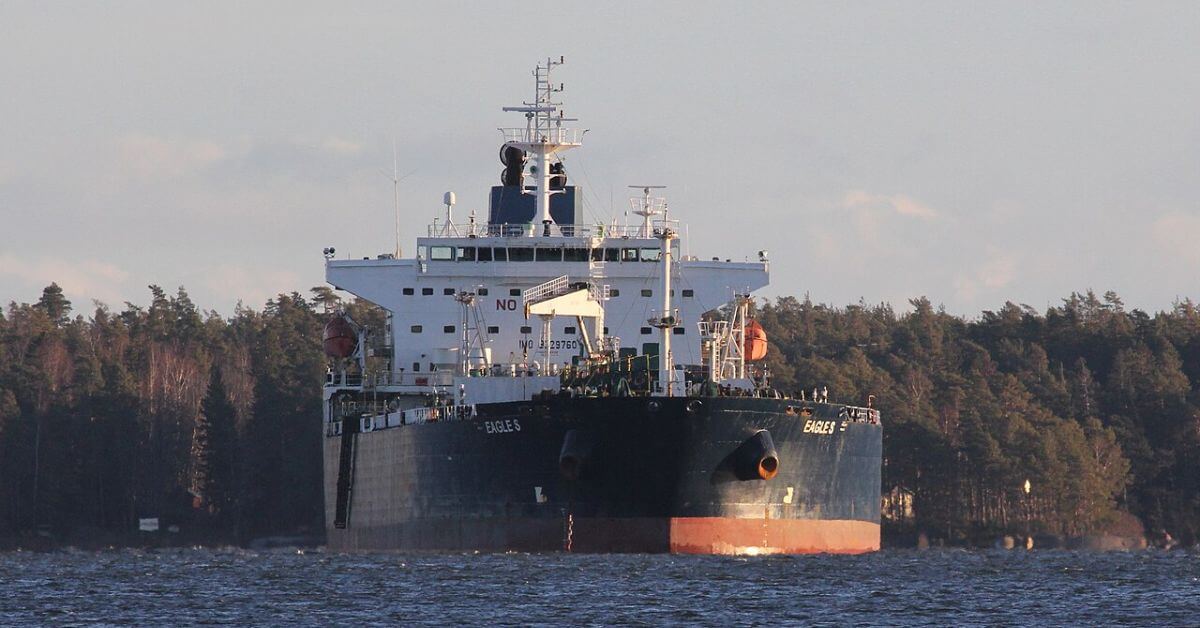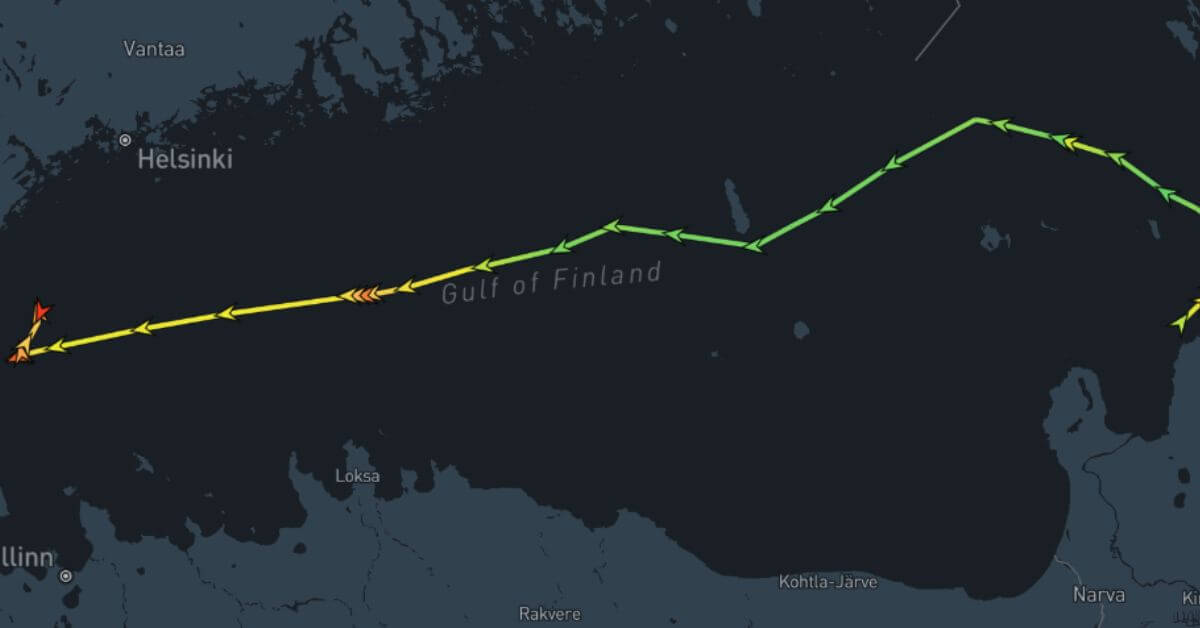
Höegh Autoliners Orders First-Ever Ammonia Engines For Pure Car & Truck Carriers
August 29, 2025
TSUNEISHI SHIPBUILDING Builds Its Largest-Ever Methanol-Powered Container Carrier
August 29, 2025

Finnish investigators have confirmed that the voyage data recorder (VDR) of the tanker Eagle S failed to capture the crucial moment when the ship allegedly damaged a subsea power and telecom cable in the Gulf of Finland. The blackout was not caused by tampering but by a technical flaw in the recorder’s design, which switched it off when the vessel lost GPS signals.
The incident took place on Christmas Day, when the subsea Estlink 2 power cable and multiple telecom cables were suddenly severed. The Eagle S was sailing in the area at the same time, and its route matched the location of the damage. The vessel was boarded by Finnish police by helicopter within hours and escorted to Porvoo for investigation and seizure.
During the inspection, authorities found the tanker’s port anchor chain hanging in the water. A seabed survey later revealed a 50-nautical-mile drag line that ended with the vessel’s damaged anchor, confirming it had been pulled along the bottom.
The Eagle S was released by Finnish authorities in early March, while its captain, Davit Vadatchkoria, and two senior officers remained detained. They are facing charges of aggravated vandalism and interference with telecommunications. Prosecutors are seeking unconditional prison terms of up to 2.5 years, and the trial is now being heard in the Helsinki District Court.
Investigators first turned to the ship’s VDR, often called a “black box,” which normally stores key information such as heading, speed, bridge conversations and engine revolutions. However, they found that the recorder had stopped logging data on December 18, days before the accident, and only resumed at 12:59 on December 25. The subsea cable was crossed and damaged about 30 minutes earlier, while the recorder was offline.

The Finnish National Bureau of Investigation (KRP) seized the recorder and carried out technical examinations, including attempts to recover deleted or overwritten files. No usable data was found between December 18 and 12:59 on December 25, a period during which the tanker had spent most of its time in Russian territorial waters.
The missing recordings initially raised suspicions of interference. However, KRP experts found no signs of tampering. Instead, forensic analysis showed that the problem came from the recorder’s outdated design. The unit, built in the early 2000s, relied entirely on GPS signals for its time stamps.
When the ship entered Russian waters, one of the most heavily GPS-jammed regions in the world, it lost its signal. The system clock then reverted to the year 2005. Believing these files were outdated, the recorder automatically deleted them to make space in its limited memory. Recording only resumed when GPS reception returned at 12:59 on Christmas Day, after the ship had already entered Finland’s exclusive economic zone.
At 13:05, just minutes after the recorder restarted, the second mate informed the captain of low engine revolutions. Later that evening, at 18:43, the fifth and final subsea cable was cut. Soon after, the Finnish Border Guard ordered the crew to raise the anchor.
During the trial, prosecutors argued that the officers had ignored warning signs. Evidence presented in court showed that just before the first cable break, the Eagle S’s speed dropped sharply from 12 knots to 9 knots, and engine RPM fell at the same time. Prosecutors said this should have alerted the crew to check whether the anchor was dragging.
The defense countered that the officers did notice the sudden slowdown and immediately contacted the chief engineer. He told them the vessel was experiencing engine problems. The chief engineer, who has not been charged, testified that mechanical issues had indeed been affecting the ship well before the incident. The officers argued that they trusted his assessment and did not suspect anchor dragging, which is why they did not go forward to check.
Reference: helsinkitimes
Source: Maritime Shipping News


